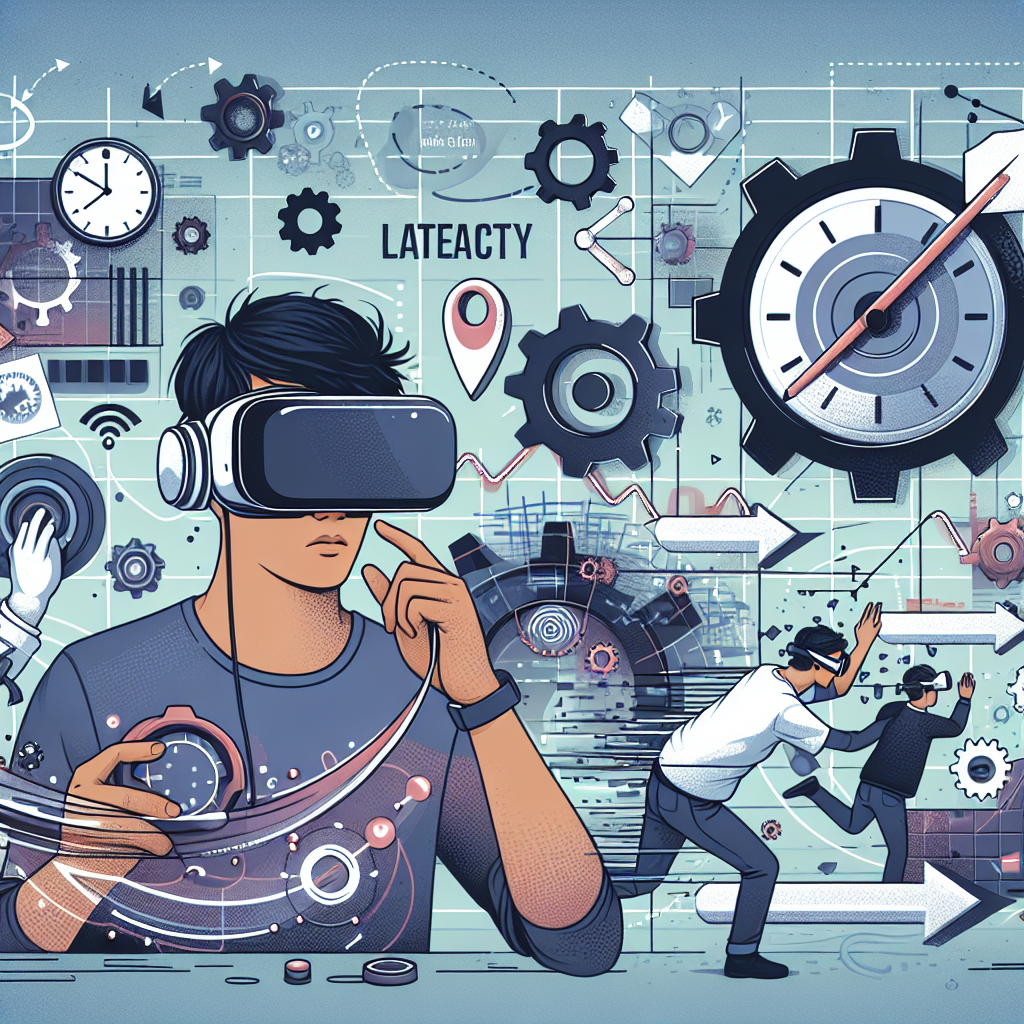Virtual reality (VR) has revolutionized the way we interact with technology, allowing us to immerse ourselves in virtual worlds and experiences like never before. However, one of the biggest challenges facing VR technology is latency – the delay between when a user performs an action in the virtual world and when it is reflected in their headset. High levels of latency can lead to motion sickness, disorientation, and a less immersive experience overall.
There are several factors that contribute to latency in VR, including the processing power of the device, the quality of the display, and the speed of the connection between the headset and the computer or console running the VR application. In order to achieve a seamless VR experience, developers and engineers must address these challenges and find solutions to reduce latency to a minimum.
One solution to reducing latency in VR is to optimize the performance of the hardware and software used to run VR applications. This can involve upgrading the processing power of the device, improving the quality of the display, and optimizing the code of the VR application to run more efficiently. By ensuring that the hardware and software are running at peak performance, developers can minimize latency and provide users with a more immersive experience.
Another solution to reducing latency in VR is to improve the connection between the headset and the computer or console running the VR application. This can involve using a high-speed wired connection, such as a USB-C cable or HDMI cable, instead of relying on a wireless connection. By using a wired connection, developers can reduce the risk of data loss and ensure that the headset receives real-time updates from the computer or console.
In addition to optimizing hardware and improving connections, developers can also use predictive algorithms to anticipate user actions and reduce latency. By predicting the user’s movements and actions, developers can pre-render images and animations, ensuring that the user’s actions are reflected in real-time in the virtual world. This can help to reduce latency and provide users with a more seamless VR experience.
Overall, reducing latency in virtual reality is essential to providing users with a seamless and immersive experience. By optimizing hardware and software, improving connections, and using predictive algorithms, developers can minimize latency and create a more enjoyable VR experience for users. As VR technology continues to evolve, addressing latency will be crucial in ensuring that users can fully immerse themselves in virtual worlds and experiences.


Leave a Reply